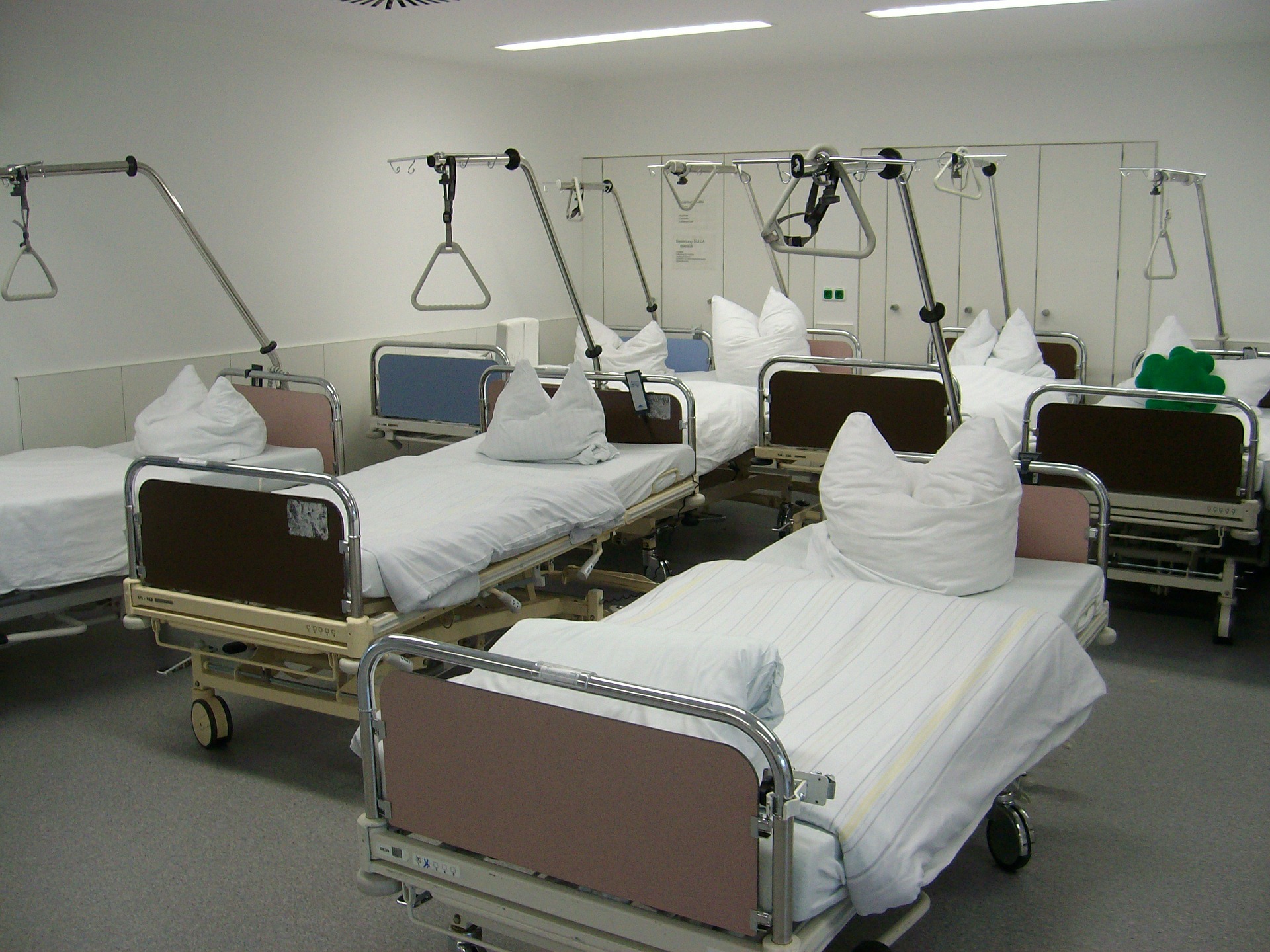Canada News
Intensive care, ventilators, healthy staff key for survival of COVID-19 sickest

As hospitals across the country postpone non-urgent procedures and clear beds in anticipation of a spike in patient numbers, the health system’s ability to save lives may depend on each of these elements, doctors and respiratory therapists say. (Pixabay photo)
Frontline veterans of infectious disease medicine say Canada’s sickest COVID-19 patients may face three tightly connected shortages as infection spreads: intensive care space, ventilators and healthy hospital staff.
As hospitals across the country postpone non-urgent procedures and clear beds in anticipation of a spike in patient numbers, the health system’s ability to save lives may depend on each of these elements, doctors and respiratory therapists say.
Thomas Piraino, a Toronto respiratory therapist who worked through the 2003 SARS epidemic, said in an interview Tuesday his primary concern is whether enough intensive care beds will be available.
“We’ll need good use of space,” Piraino said, noting intensive care beds are often up to 85 or 90 per cent occupied even in the absence of a global pandemic.
“If a hospital has only one intensive care unit, they may have to be creative in different ways. The question is … can we find creative ways and spaces to ventilate patients when we need them?”
Solutions could range from repurposing existing spaces, such as surgical suites, to rapid construction of additional intensive care units in the coming weeks, he said.
Currently only intensive care units, ER trauma bays and surgical rooms have high-pressure oxygen and air needed to run ventilators for patients whose lungs are damaged, Piraino said.
The respiratory therapist — who is also an instructor on caring for patients with acute respiratory illnesses — notes that in Ontario, provincial figures indicate there are 1,789 critical care beds. Of those, 1,057 are capable of providing mechanical ventilation.
Piraino said if the province reaches the point where more than 10,000 people are infected at one time, it could start to cause strain on the system.
A study published by Journal of American Medicine on March 11 indicates that “initial reports suggest that COVID-19 is associated with severe disease that requires intensive care in approximately five per cent of proven infections.” World Health Organization data has indicated that in Italy, closer to 10 per cent of those infected needed critical care.
As of Wednesday afternoon, 212 Ontario patients had tested positive for the novel coronavirus, though only a small minority of those required hospital care. Nationally, there were more than 600 confirmed and presumptive cases.
However, the infection rate in some regions has been doubling every seven days, Piraino said, and if the pace doesn’t slow, the figures could reach concerning levels before the end of April.
Dr. Gianni D’Engidio, an assistant professor of medicine at the University of Ottawa, worked in critical care through the H1N1 and Ebola virus outbreaks.
He said he’s hopeful the public health measures such as social distancing and restrictions on international travel will mean the sickest can receive the care they require.
However, in four or five weeks “if health-care workers start getting sick … then that’s where the major problem is.”
An intensive care unit typically has two nurses per day, as well as a staff physician and a respiratory therapist spending part of their time on the unit.
“A very sick patient can require one-to-one nursing ratios,” D’Engidio notes.
Another key area could be access to ventilators, and the equipment that goes with them, says Frank Fiorenza, a respiratory therapist at Ottawa General who is also the product development manager for McArthur Medical Sales, a supplier of medical equipment.
He suggests the federal government should move swiftly to procure a special order for the mechanical breathing machines, based on the provinces’ requests for additional gear.
Fiorenza said it is a wise precaution in the event infections spike in unexpected ways, and some of his suppliers already have a backlog of orders to fill.
“I don’t think we have sufficient ventilators, even if we pull from the stockpiled supplies (created during the SARS outbreak), because we need to ensure there’s one ventilator per intensive care bed, one per each trauma bay of ERs, and we need them in remote hospitals outside the city,” he said.
“It’s no question they’ll need more, but there’s a question of what the magic number is.”
Health Minister Patti Hajdu said Wednesday that ventilators and other medical equipment are being ordered by Ottawa.
“We’re working through Health Canada, the Public Health Agency of Canada and the minister of Public Services and Procurement to put in large, large orders,” she said. “Even though the provinces and territories have put in what they think we might need, we might need more.”
However, she noted other countries are also looking for these supplies, and as a result the Department of Innovation, Science and Industry is verifying whether Canadian manufacturers have the ability to produce some of the equipment needed for care and testing.
She did not provide specific figures on the size of the orders placed.
Hajdu said one challenge is that manufacturers “are trying to make sure that countries aren’t stockpiling in a way that will actually prevent the ability of other countries from getting what they need.”





















